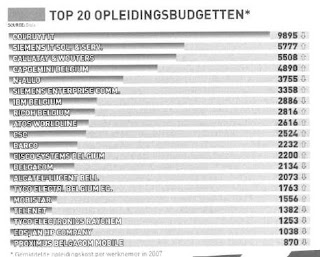This is a blog post 'on demand'. There is this new thing out from IBM Research, called the 'blog muse' that lets people request others to blog about a certain topic. The tool will find the 'experts' on the topic and ask them to dedicate an article on is. As I like the approach of 'blogging on demand' a lot, here is my view on 'social learning':
Social learning is not new at all. Some call it informal learning. I think learning is the oldest profession in the world (yes, not the other on), and it has mostly been a social activity until the mass education system of the industrial age changed that somewhat to a sender/receiver happening. What is the most natural thing you do when you are stuck at whatever you are doing at work? You ask the ones next to you. Conversation is social learning (and as Jay Cross called it a lost art.) The thing is that the person next to you is probably not the best person to ask, just the most availabe one. Enter technology. We have a lot of technology now that enables us to make social leaning work better. Social learning has always existed, social networking technology makes it work more and better.
- We have always been able to ask someone for guidance. But now we have technology to ask people far away (IM), asynchrounously (forums, email), to search for experts, etc
- We have always been able to coach people. Now we can do it remote, virtual, faster and further.
- We have alway been able to write down our experience in journals.Now with blogs people can follow our journey and learn from that anywhere and all time.
- We have always been able to work together on documents. Now we can do that remote in real time via whiteboards, wikis, etc
- We have always been able to search for expertise. Now a system can link us in real time with available experts via social networking and profiles.
- We have always been able to bookmark interesting information and learning. Now social bookmarking makes that availabe to the crowd, and the crowd tells us what is worthwhile.
The hugh potential of social learning or informal learning is not to make it formal (and kill it), but to unlock the potential of 70 to 80% of learning on the workplace. Do that by supporting it instead of forbidding it (install your own social software instead of blocking access to facebook), by making it visible, and by making it count.




